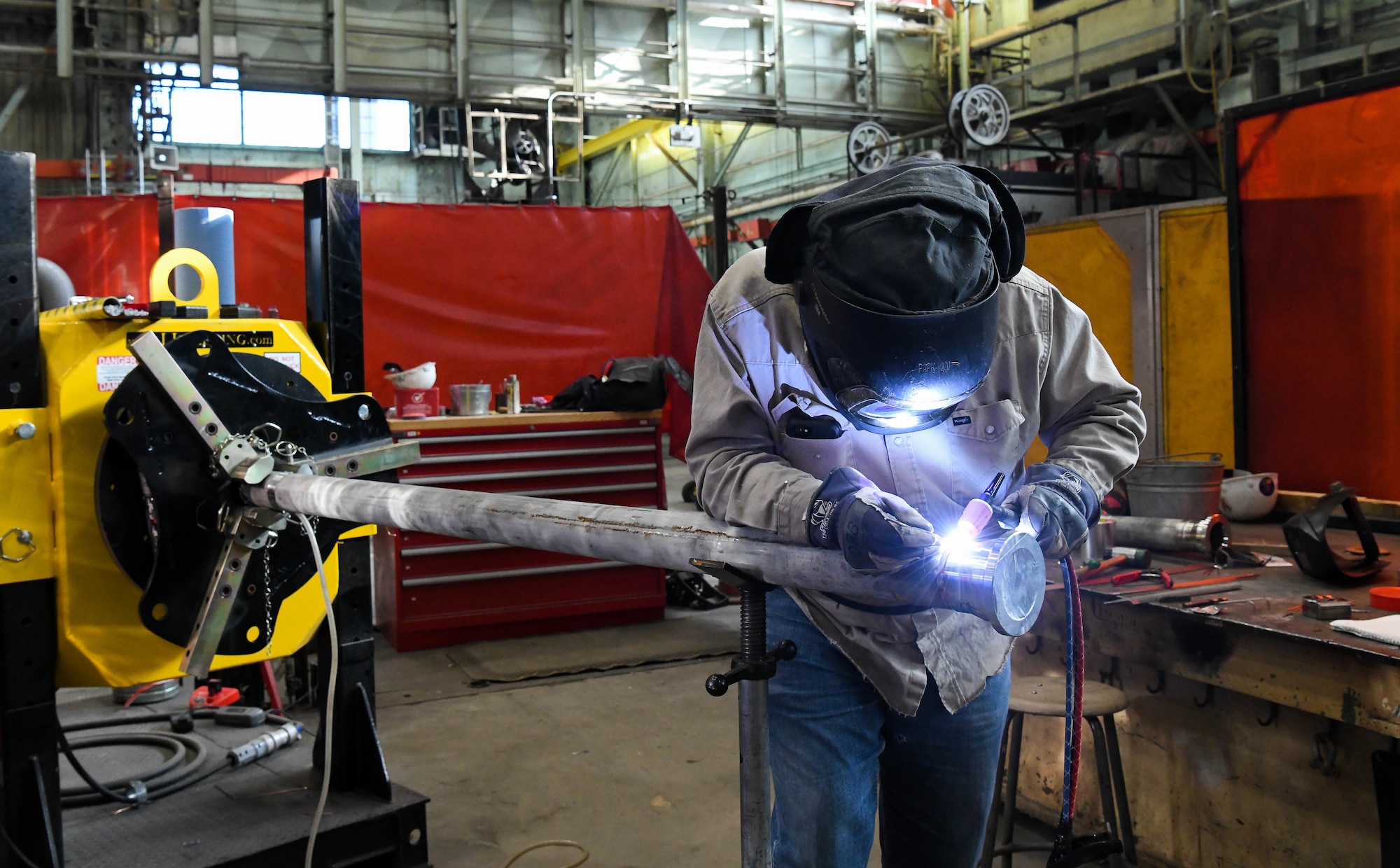Welding WPS: Usual Mistakes to Prevent and Just How to Correct Them
Welding WPS: Usual Mistakes to Prevent and Just How to Correct Them
Blog Article
Getting Welding Excellence: Introducing the Secrets of WPS Implementation and Optimization
In the world of welding, achieving quality is a quest that pivots on the precise execution and optimization of Welding Treatment Specs (WPS) These fundamental documents serve as the backbone of welding procedures, dictating the treatments and parameters needed for creating top quality welds continually. Nevertheless, the keys to unlocking the full capacity of WPS lie not just in comprehending its relevance however additionally in mastering the complexities of its implementation and optimization. By diving right into the crucial elements, methods, challenges, and finest techniques related to WPS, a world of welding quality awaits those that agree to explore its midsts.
Importance of WPS in Welding
The Significance of Welding Treatment Requirements (WPS) in the welding market can not be overemphasized, working as the foundation for ensuring consistency, quality, and safety and security in welding procedures. A WPS offers comprehensive instructions on exactly how welding is to be performed, including necessary variables such as products, welding procedures, joint layout, filler metals, preheat and interpass temperatures, welding currents, voltages, travel rates, and more. By adhering to a well-defined WPS, welders can preserve uniformity in their work, resulting in constant weld high quality across different projects.

Crucial Element of WPS
Discussing the indispensable elements of a welding procedure spec (WPS) is essential for recognizing its duty in welding procedures. A comprehensive WPS includes numerous crucial elements that lead welders in achieving top quality and consistency in their work. One vital aspect of a WPS is the welding process specification, which lays out the specific welding processes to be utilized, such as gas tungsten arc welding (GTAW) or secured metal arc welding (SMAW) Furthermore, the WPS consists of information on the welding products, such as the type and specifications of the base metal and filler steel to be made use of. The WPS also defines vital variables like welding criteria, preheat and interpass temperature needs, and post-weld warmth treatment procedures. In addition, it includes information on joint style, fit-up, and any type of unique strategies or preventative measures needed for the welding procedure. By including these essential aspects into the WPS, welding treatments can be standard, ensuring high quality, effectiveness, and safety and security in welding procedures.
Approaches for WPS Optimization

Second of all, training and credentials of welding personnel according to the particular demands of the WPS is extremely important. Offering thorough training programs and guaranteeing that welders are accredited to implement treatments outlined in the WPS can lead to higher high read this post here quality welds and decreased rework.
In addition, leveraging modern technology such as welding software and monitoring systems can help in enhancing WPS. These devices can assist in monitoring variables, ensuring parameters are within specified limitations, and giving real-time feedback to welders, allowing them to make immediate changes for boosted weld top quality.
Common Challenges and Solutions
Facing barriers in carrying out the techniques for WPS optimization can hinder welding procedures' performance and top quality. One usual obstacle is insufficient training or understanding of the welding treatment requirements (WPS) amongst the welding group. This can bring about inappropriate implementation of welds, leading to flaws and remodel. To address this, detailed training programs need to be applied to make sure that all welders are skillful in applying and analyzing WPS accurately.
An additional difficulty is the lack of proper paperwork and record-keeping, which is necessary for WPS optimization. Without clear documents of welding parameters, products utilized, and inspection outcomes, it ends up being challenging to recognize locations for enhancement and make sure consistency in welding processes. Implementing a robust documentation system, such as electronic look at this now welding administration software, can assist improve record-keeping and help with data evaluation for continuous enhancement.
Additionally, irregular welding tools calibration and maintenance can position a significant obstacle to WPS optimization. Regular devices checks, calibration, and maintenance routines should be stuck to purely to make sure that welding specifications are accurately controlled and kept within the specified tolerances (welding WPS). By dealing with these typical challenges with aggressive services, welding procedures can enhance effectiveness, quality, and total welding quality
Finest Practices for WPS Implementation
To make sure effective WPS execution in welding operations, adherence imp source to sector standards and careful focus to detail are vital. When initiating WPS application, it is crucial to start by extensively recognizing the particular welding demands of the project. This involves a detailed testimonial of the welding procedure requirements, materials to be welded, and the ecological problems in which the welding will certainly happen.
As soon as the needs are clear, the following action is to choose the proper welding treatment that straightens with these specifications. This involves seeking advice from the pertinent codes and criteria, such as those offered by the American Welding Society (AWS) or the International Company for Standardization (ISO), to make sure conformity and top quality.
In addition, recording the whole WPS implementation process is vital for traceability and quality assurance. In-depth documents must be maintained regarding welding parameters, product preparation, preheat and interpass temperatures, welding consumables used, and any deviations from the original treatment. Normal audits and evaluations of the WPS can help determine areas for improvement and guarantee ongoing optimization of the welding procedure.


Verdict
In final thought, the implementation and optimization of Welding Procedure Specifications (WPS) is important for accomplishing welding excellence. By understanding the crucial elements of WPS, executing effective techniques for optimization, addressing common difficulties, and adhering to finest techniques, welders can guarantee high-grade welds and risk-free working problems. It is vital for professionals in the welding industry to prioritize the proper execution of WPS to boost total welding performance and accomplish preferred end results.
The Importance of Welding Procedure Requirements (WPS) in the welding sector can not be overstated, offering as the backbone for making sure uniformity, high quality, and safety and security in welding operations. A WPS offers in-depth guidelines on how welding is to be brought out, consisting of essential variables such as materials, welding procedures, joint style, filler steels, interpass and preheat temperatures, welding currents, voltages, travel speeds, and a lot more. One critical aspect of a WPS is the welding procedure spec, which details the details welding processes to be used, such as gas tungsten arc welding (GTAW) or protected metal arc welding (SMAW) By integrating these crucial elements into the WPS, welding procedures can be standardized, guaranteeing high quality, effectiveness, and security in welding operations.
It is imperative for professionals in the welding market to focus on the appropriate implementation of WPS to enhance overall welding performance and achieve desired outcomes.
Report this page